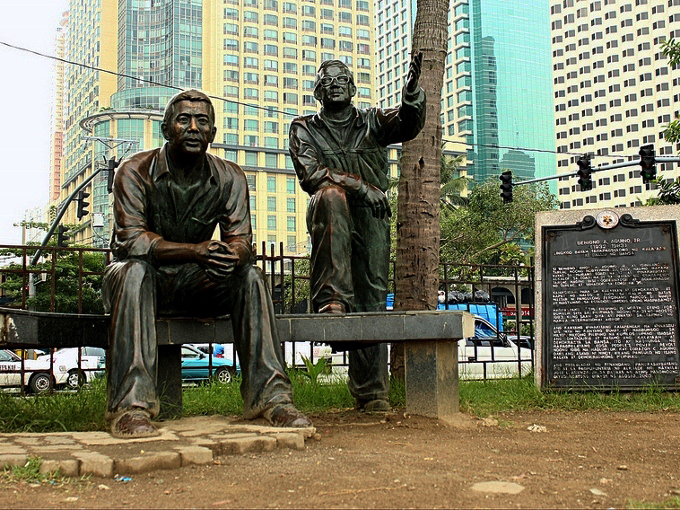
Our wide page reflects our freedom and responsibility in deciding which moments to highlight. How we narrow the scope of memory will allow us to craft a memoir honoring the intimacy of the reader’s lived experiences. Memoir writing offers a vast canvas, a wide page on which life stories unfold. The challenge lies in deciding what to include and what to leave out.
The Illusion of the Wide Page
At first glance, the memoir provides a limitless scope, where every memory, encounter, and thought can be recorded. As writers we are tempted to start with the belief that our life is a treasure trove of stories, all equally deserving of space. But this wide page is deceptive—a memoir overloaded with memories can overwhelm readers, diluting the impact of the narrative.
Defining Boundaries
To write the memoir, we must first define our parameters. Narrowing the scope doesn’t mean discarding memories but carefully curating them to align with the memoir’s theme. If our memoir, for instance, is about our relationship with our parents, we don’t need exhaustive details about every childhood friend or holiday. We will narrow the wide page by asking: What story am I telling?
Selective Memory
We exercise our selective memory when we focus on pivotal moments, recurring themes, and transformative experiences. The aim is to bring coherence to our narratives.
- Choosing our Focus: What is my story
A focal point, around which memories will anchor the memoir, might center on a particular time period, relationship, or event. When we choose a lens, we narrow our wide page into a digestible account.
Say, let us consider this example of a memoirist reflecting on their immigrant experience. Rather than recounting every challenge they faced, they might focus on their first year in a new country, exploring themes of identity, belonging, and adaptation. The rest of the memories fade into the background because they are not within this focus.
- Aiming for Emotional Resonance
A narrowed focus should not diminish the emotional power of our memoir but ratheramplifies it. Honing in on specific memories, we invite readers into the heart of our story.
- Depth Over Breadth
The wide page is a temptation to include everything, but we should remember that less is often more. Our single, vividly recounted memory can evoke more emotion than pages of generalized recollections.
Techniques for Narrowing the Wide Page
How do we narrow the scope of our memoir?
- We might divide the wide page into thematic sections, each focusing on a specific aspect of life. This structure will help us stay focused and prevent our memoir from scattering.
- We can narrow our scope with a specific timeframe – a single summer, year, or decade – to contain the narrative and avoid digressions.
- We can identify the key memories symbolizing broader experiences, instead of describing every incident. This will help focus our memoir on one pivotal moment that captures its essence.
We can create a sense of cohesion with recurring motifs. A motif, such as a song, object, or phrase, can act as a thread that binds disparate memories together.
The Ethical Wide Page
We have to consider the impact of our choices on others, as we balance our truth with the privacy of those whose lives we will share. Whose memories are we going to include and which will be left out? This is an ethical question. The memoir is a space for honesty, but it’s also a platform for responsibility. Our words have consequences, especially when we recount painful or controversial events. To narrow our focus is to omit stories that, while significant, might cause unnecessary harm.
The Wide Page Resonates
Ultimately the wide page is a shared space between writer and reader. Narrowing the scope ensures they find their way through the narrative as they connect and relate to our lived experience. When we narrow the scope of our memories, we are transforming the sprawling narratives of our lives into a story that we hope will linger in the minds and hearts of readers.



